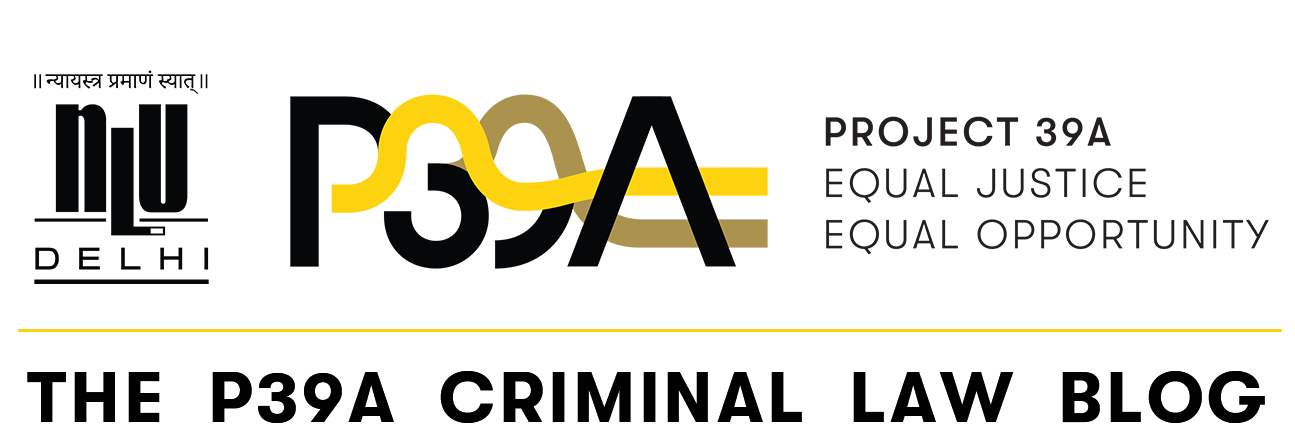This article examines the Dharmalingam case along with the issue of prosecutorial discretion that lies at the heart of a wider critique of section 33B of the Misuse of Drugs (Amendment) Act 2012 that has made the mandatory death penalty discretionary for persons convicted for being ‘couriers’ in drug trafficking cases in Singapore. It argues that the provision is both procedurally and substantively arbitrary, and creates a misleading sense of individualised sentencing for drug trafficking in Singapore.
This article seeks to provide a summary of the Supreme Court’s recent judgement dated 24.03.2023 in Arup Bhuyan v State of Assam which overruled its previous decision in Arup Bhuyan v State of Assam, (2011) 3 SCC 377.
Project 39A recommends Jocelyn Simonson’s article titled, ‘Police Reform Through a Power Lens’.
Since the inception of the field of criminal law, through all its evolutions and transformations, an indispensable cog that is essential to make the wheels of effective criminal justice turn is that of ‘a witness.’ The Witness Protection Scheme, 2018 was a first step towards securing rights for witnesses in India. However, unfortunately, the Scheme still remains riddled with problems in both its drafting and implementation. The present article aims to analyse a few questions which are required to be answered immediately, to bring the Scheme a step closer to what it set out to achieve.
The POCSO Act presumes an accused’s guilt through its reverse onus clauses. The basis for such clauses must be examined against a theoretical and legal framework in order to assess its suitability.
During the recent formulation of the Draft Rules of Criminal Procedure, the Supreme Court has recognised the need for a fair disclosure of exculpatory documents to the accused. While judgements mandating disclosure are essential for this right, the rights of the accused shall continue to be impeded without immediate statutory amendments as well.
Project 39A recommends Ava DuVernay’s documentary titled, ‘13th’ and Michelle Alexander’s book titled, ‘The New Jim Crow: Mass Incarceration in the Age of Colorblindness’.
The Prevention of Money Laundering Act 2002 is a piece of legislation which attempts, among other things, to help reduce the prevalence of money laundering, and to repossess any ill-gotten gains of money laundering. The first of its kind in India, it was introduced in order to combat threats against the Indian financial systems, and to fight the menace of money laundering. In order to achieve its goals, the Act provides for stringent measures, which empowers the Enforcement Directorate (ED), the agency responsible for investigating complaints under the Act, with sweeping powers.
Legal anthropologists Shrimoyee Ghosh and Haley Duschinski argue that Kashmir’s “permanent emergency” is sustained through a system of “indefinite incarceration” materialised through “proliferation of paperwork, jurisdictional complexity, and excessive legalism” (Ghosh and Duschinski 2020, 377). They note the manner in which, throughout a detainee’s “revolving-door detention”, it remains unclear which jurisdiction is being exercised – judicial, executive, or military – thus producing a state of “proliferating jurisdictions” .
In September 2022, the Supreme Court of India acknowledged concerns about the capital sentencing framework and ordered the setting up of a Constitution Bench to review it. For any meaningful reform, it will be crucial % for the Constitution Bench to take note of the nature and extent of the crisis in capital sentencing in trial courts.


